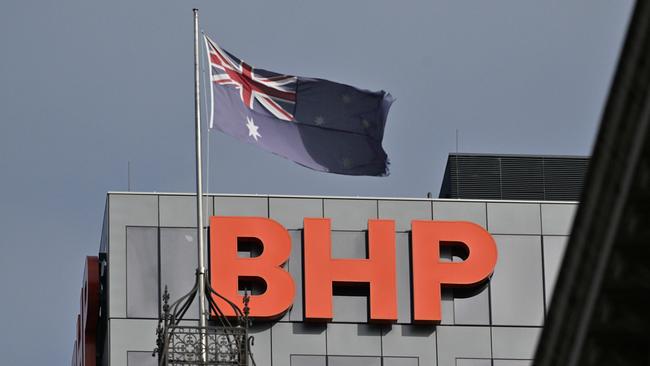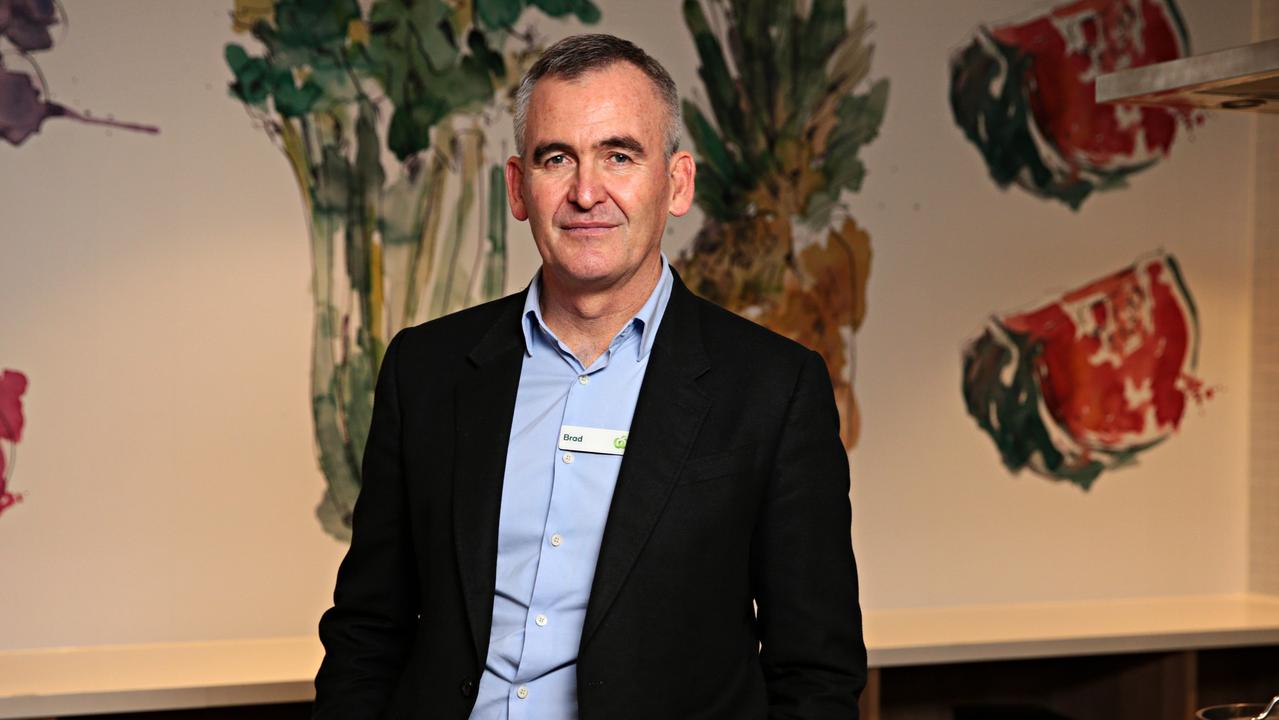BHP is still riding the Chinese demand wave for our minerals
BHP and its multi-billion profits are still all based on China. Today it’s iron ore tomorrow it will be copper.

Terry McCrann
Don't miss out on the headlines from Terry McCrann. Followed categories will be added to My News.
The multi-billion dollar profit of our most important corporate global player BHP was all about China.
The future of BHP – as indeed, the future of Australia – remains also, all about China.
In the 2023-24 financial year, BHP got $US19bn ($28bn) of its $US29bn of gross profit from its Pilbara iron ore operations.
It got that from shipping most of its iron ore off to China.
Now, not all of what it mines goes to China; it still sells a hefty amount to its (and indeed Australia’s) original buyer, Japan.
But the big shipments are to China; and it is China’s continuing insatiable demand for iron ore (and coal) that drives their prices. And so BHP’s profits. Last year, this year, out into the 2030s.
And so also, the taxes it pays to Canberra and the royalties it pays to the states. In the 2023-24 year a rather tasty $US11bn ($16bn).
Despite the claims of a new anti-growth climate change dynamic, along with China’s structural problems, BHP does not see that Chinese demand for iron ore slipping, far less even more dramatically, plunging, anytime soon.
Indeed, BHP is planning to increase its production out of the Pilbara, from 260 million tonnes a year to 305 million tonnes; and has longer terms plans to go to 330m tonnes.
This is not necessarily about producing more iron ore into a world that will make more steel. It’s rather all about the premier quality of its Pilbara ore; along with its world’s lowest cost base.
That it will survive and indeed thrive in a world of either high demand or low demand growth for steel and so, iron ore.
The other side of BHP is now increasingly about copper; and that is also mostly about China.
AS BHP’S CFO Vandita Pant noted Tuesday, 50 per cent of copper produced in the world is consumed in China.
That’s why BHP made its big play earlier this year for South African based miner Anglo-American.
Production of iron ore into still China-driven global demand will ‘look after itself’, so to speak, out of the Pilbara.
But what Anglo offered with copper, was a one-off near 50 per cent boost in BHP’s output of what it sees as the growth commodity into the 2030s and beyond.
Demand, as part of climate-change transition; and just, old-fashioned growth.
Already the world’s biggest and among the lowest-cost producers, BHP would have catapulted itself dramatically ahead of the entire global copper mining pack.
Despite missing out, copper has become a much bigger component of the BHP package, following its purchase of OzMin and its SA (South Australian) copper; along with copper acquisitions and expansions in the ‘other SA’ – South America.
Copper contributed just under $US9bn, or nearly one-third of group gross profit.
And behind copper – from 2027 – is potash.
The other big ‘event’ of BHP’s year was putting its WA nickel operations into suspension.
That forced it to take a $US3bn non-cash write-off.
So, it had no negative for BHP’s actual real cash flow. And its ability to stream the $US21bn of 2023-24 cashflow roughly half into capex and one-third into dividends.
Originally published as BHP is still riding the Chinese demand wave for our minerals


